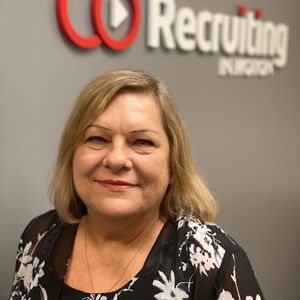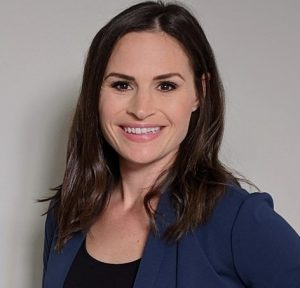When you’re hiring, you want the best person for the job. Bias, whether conscious or unconscious, can prevent this from happening. That dynamic makes conducting an unbiased interview a crucial aspect of building the best possible team.
The process can be more difficult than most people think. Bias isn’t always obvious, and it isn’t always insidious. It can take many forms, many of which we, as individuals, have a hard time noticing. However, there are ways to eliminate even these subtle prejudices. Here are some ways you can create an unbiased interview process:
Before the Interview
Your attempt to remove bias should permeate every aspect of the recruitment process. In other words, you need to start even before the interview begins. Here are a few things you can do before you even meet the candidates involved:
Recognize the Possibility of Bias
Hiring managers can sometimes ignore bias for the simple reason that they don’t want to think of themselves or their coworkers as biased people. But, by bias, we don’t just mean base forms of prejudice. It could be almost anything: a bias for certain colleges, or for certain regions of the country, or for a particular personality type. Recognize that you have these (often illogical) preferences, and you’ve taken the first step to removing bias from your recruitment process.
Reconsider Your Job Description and Resume Review Processes
Bias can sneak in even before the interview begins. The way you write a job description and the process you use to vet resumes can involve unconscious prejudice. Review how you conduct these endeavors.
For instance, make sure you don’t use gendered language in your job descriptions. At the same time, consider utilizing resume review software to evaluate candidates. That way, you are required to set objective criteria for those prospects who reach the next stage of the process.
Lay Out Your Expectations in Detail
Before you start gathering resumes and reviewing candidates, know precisely what you’re looking for in your candidate. Make a list of the requirements for the position. At the same time, detail the soft skills and other qualifications that might come into play.
By outlining a rigorous assessment of what the job requires, you make the process more formalized. It becomes less likely that you’ll get distracted by unrelated biases once you start receiving applications.
During the Interview
The interview provides your main opportunity to get to know your candidates as individuals. As such, it’s the place where your preconceptions can have its most significant impact. Here are a few things you can do to avoid having unwarranted bias impact your hiring decisions:
Create Standardized Interview Questions
Every interview should follow a formal process. Think of it like creating a science experiment. You need to have controls in place so that you can adequately judge the outcome in a rational way. Your portion of the interview should fundamentally follow a set script. This way, every applicant has the same opportunity to describe their skills and work experience.
Follow a Skills Checklist
Before you begin the interview process, you devised a detailed list of what you are looking for in an ideal candidate. As the interview progresses, you should track how well each applicant fulfills your preset expectations. Quantify this as much as possible—rate candidates on a numerical scale.
Assemble a Diverse Hiring Team
Individuals may have biases. However, organizations should not. To avoid preconceptions from sneaking into your process, include multiple people in the recruitment process and make sure they all have different backgrounds and points of view. This way, no single person unjustly skews the hiring decision.
After the Interview
Even after you’ve met with all the candidates, you can still work to remove bias from your ultimate hiring decision. Here are a few actions you can take:
Assign a Follow-Up Test
Removing bias from the hiring process means making your decisions as objective as possible. What better way to ensure this than focusing on the skills necessary to fulfill the job? A skills test can help achieve this.
Make Diversity a Team-Building Goal
As you look to make your final hiring decision, keep diversity in mind as a criteria. That doesn’t necessarily mean setting explicit quotas. Instead, simply keep in mind the value of a diverse workforce as you review your options. This will help counteract any unconscious prejudice that may have seeped into the hiring process.
Finding the right people for your open positions can be a complicated task. It gets easier when you have expert support. By partnering with a reliable recruiting partner, like Recruiting In Motion, you’ll be able to find the ideal candidates to take your team to the next level.






































































































